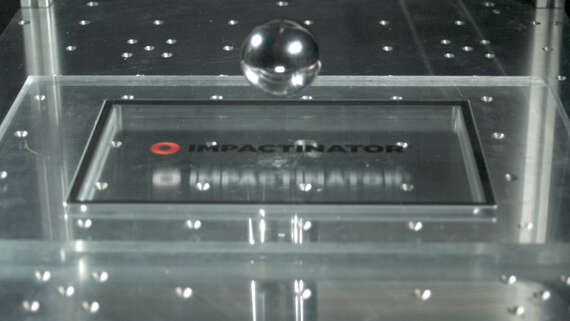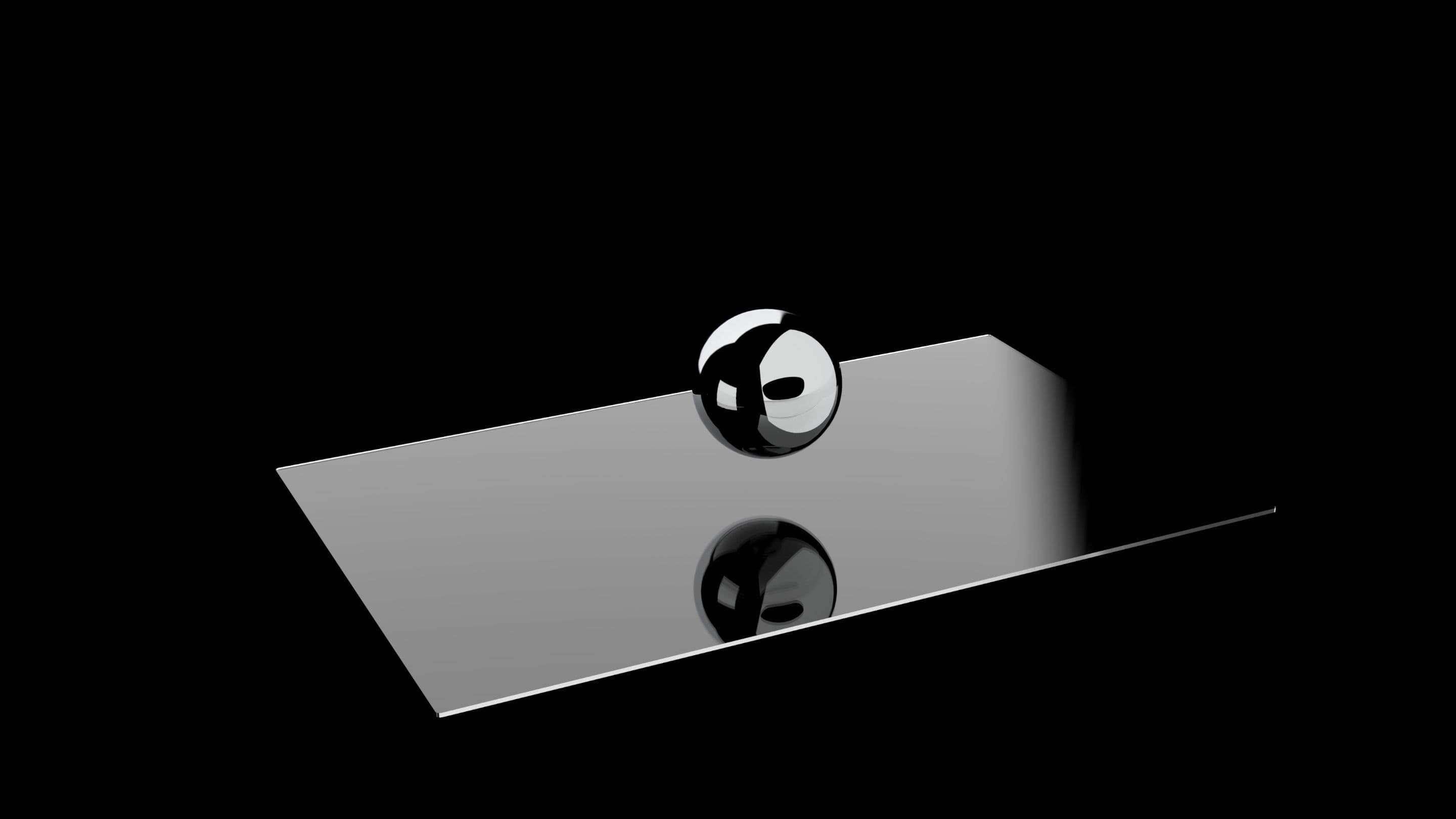What is the Vickers Hardness Test?
The Vickers Hardness Test is a method used to determine the hardness of materials, particularly metals and alloys. It involves pressing a diamond indenter with a specific force into the material and then measuring the size of the indentation left behind. This indentation, typically in the shape of a diamond, provides data that is converted into a hardness value. The process is noted for its accuracy and versatility, applicable to a wide range of materials, from soft metals to extremely hard ones.
The Mechanics of the Vickers Hardness Test
In practice, the Vickers Hardness Test employs a square-based diamond pyramid indenter with an angle of 136 degrees between opposite faces. The indenter is pressed into the material at a predetermined force, which can range from a few grams to several kilograms. The force is applied for a specific duration, ensuring consistency in the testing process. After the force is removed, the diagonals of the indentation are measured using a microscope. The average of these measurements is then used to calculate the Vickers Hardness Number (VHN) using the formula:
[ \text{VHN} = \frac{2F \sin(136^\circ/2)}{d^2} ]
where ( F ) is the applied force and ( d ) is the average length of the diagonals of the indentation.
Advantages of the Vickers Hardness Test
The Vickers Hardness Test offers several advantages over other hardness tests. Its primary benefit is the ability to measure hardness across a wide range of materials, including very hard ones. Unlike tests that use spherical indenters, the diamond pyramid can penetrate materials that other indenters cannot. Additionally, the test can be applied to very thin materials and coatings, making it versatile for different applications. Its precision and reproducibility make it a preferred choice in quality control and research laboratories.
Applications in Various Industries
The Vickers Hardness Test is employed across a multitude of industries. In the automotive industry, it ensures that engine components and other critical parts meet durability standards. Aerospace engineers use it to test the hardness of materials used in aircraft construction, ensuring they can withstand extreme conditions. The electronics industry utilizes the test to assess the hardness of materials used in semiconductors and other components. In the medical field, it helps in the development of surgical instruments and implants that must endure rigorous use.
Precision and Accuracy in Measurement
One of the key strengths of the Vickers Hardness Test lies in its precision. The use of a diamond indenter, which is the hardest known material, ensures that the indentations made are consistent and accurate. Additionally, the test can be performed under various loads, providing flexibility in testing different materials and thicknesses. The microscopic measurement of the indentation diagonals further enhances the precision, making the Vickers Hardness Test one of the most reliable methods for assessing material hardness.
Limitations and Considerations
Despite its many advantages, the Vickers Hardness Test does have limitations. One such limitation is the potential for errors in measuring the indentation, especially if the surface of the material is not perfectly smooth or if the microscope is not properly calibrated. Additionally, the test can be time-consuming, as it requires careful preparation and measurement. It is also less effective for materials with high levels of anisotropy, where hardness varies significantly with direction. Understanding these limitations is crucial for interpreting the results accurately.


